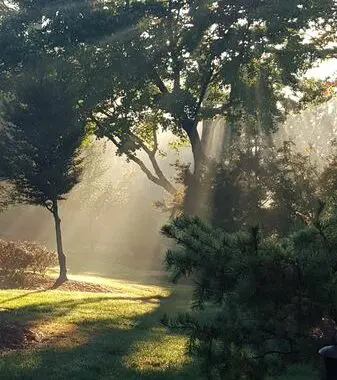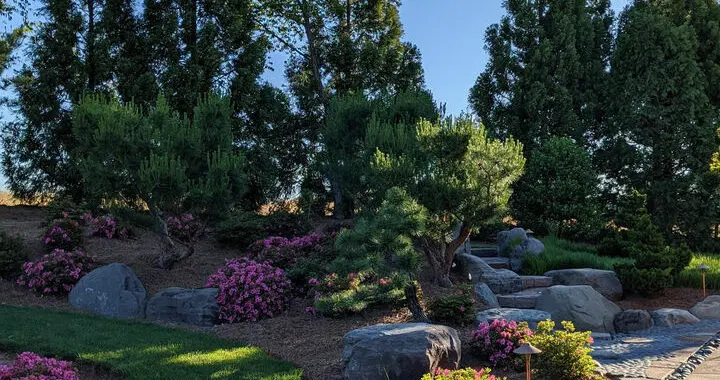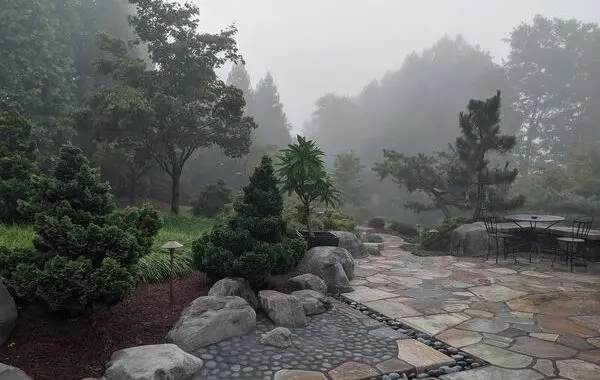The last time you walked through a forest, did the beauty of sunlight filtering through leaves take your breath away? If so, you were under the spell of komorebi, a poetic Japanese word which eloquently expresses the dappled effect of sunlight streaming through the leaves of trees. According to EVS Translation Services, komorebi is a word for which there is no English translation and quite simply means sunlight filtering through trees; it describes the interplay between sunlight and the shadows it creates as it trickles and spills through leaves. The closest English equivalent is probably the phrase “dappled sunlight”.
I don’t know about you, but the images evoked by this word stir up a longing to walk in some komorebi. Care to join me? I bet we could find a grove of stately old trees in a forest or garden that would share plenty of komorebi with all of us!
Joyfully shared by Betty Hanselman
Gardener’s wife (& komorebi seeker)
Credit for definition: https://evs-translations.com/blog/komorebi/





